Congratulations to the winners of the best poster prize at the EMBO | EMBL Symposium: ‘Biological oscillators’
Just a few weeks ago we held another edition of this successful series. Scientists from multiple disciplines came together in order to discuss common themes linked to oscillations, rythms and synchronization in a broad range of contexts. The organisers of the symposium wanted to bridge the gap between experimentalists and therorists and to reveal common challenges and approaches.
The session topics during the four days of the conference included
- Oscillation mechanisms across different scales: from circadian clock to embryonic oscillators to biochemical (metabolic) oscillations
- Oscillation function across scale and context
- Synchronisation of coupled oscillators
- and more
Besides the sessions, presentations and flash talks, there were also two poster sessions during which the researchers could present their findings. Afterwards all votes were counted and five winners were announced.
Congratulations to all of them. Now, have a look at their amazing work!
Notch signalling dynamics in neighbouring tissues of the mouse embryo tail
Presenter: Yasmine el Azhar, Hubrecht Institute, The Netherlands
Collaborators: Katharina Sonnen, Hubrecht Institute, The Netherlands
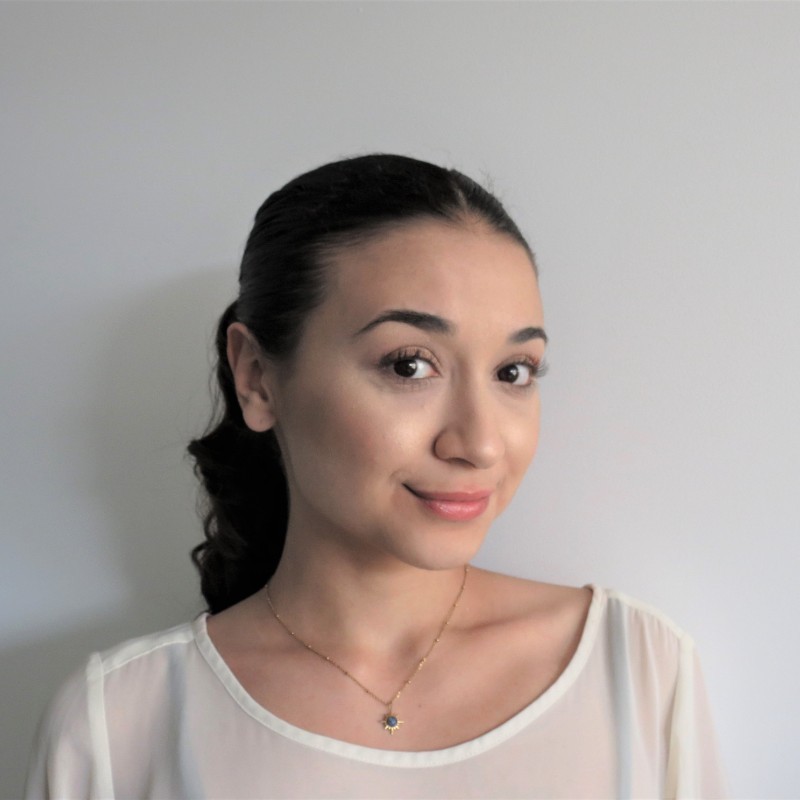
Abstract: Biological oscillators orchestrate rhythmic patterns across diverse biological processes, which synchronize and/or regulate temporal activities. The rhythmic patterns play a crucial role in embryonic development. Here, oscillations not only govern temporal dynamics but also spatial patterning. Thus, understanding signalling oscillations elucidates how cells differentiate, organize and form complex structures.
Notch signalling dynamics are known to regulate cell fate decisions and tissue morphogenesis in neurogenesis and somitogenesis. Both processes are present in the embryo tail, that consists of the presomitic mesoderm (PSM), the preneural tube (PNT) and the neuromesodermal progenitors (NMPs). The latter is known to give rise to both PSM and PNT cells. Even though, Notch signalling dynamics are widely studied in PSM and neural progenitors, little is known about these dynamics in the PNT and NMPs. Therefore, our study focusses on unravelling the contribution of Notch signalling dynamics to tail patterning and morphogenesis.
To investigate Notch signalling dynamics in the embryo tail, we generated an endogenous mouse reporter. With this reporter we analysed signalling dynamics in differentiating cells of the NMP, PSM and PNT at single‑cell resolution. These observations were confirmed in in vitro differentiations. By perturbing signalling activity, we have analysed the influence of Notch signalling dynamics on cell fate determination. Thus, our study provides valuable insights into the role of Notch signalling dynamics in posterior vertebrate development.
Clock-driven RNA-interactome: implications and physiological significance of a post‑transcriptional oscillator
Presenter: Dinesh Jadhav, Department of Biology, Ashoka University, India
Collaborators: Sougata Roy, Department of Biology, Department of Biology, India
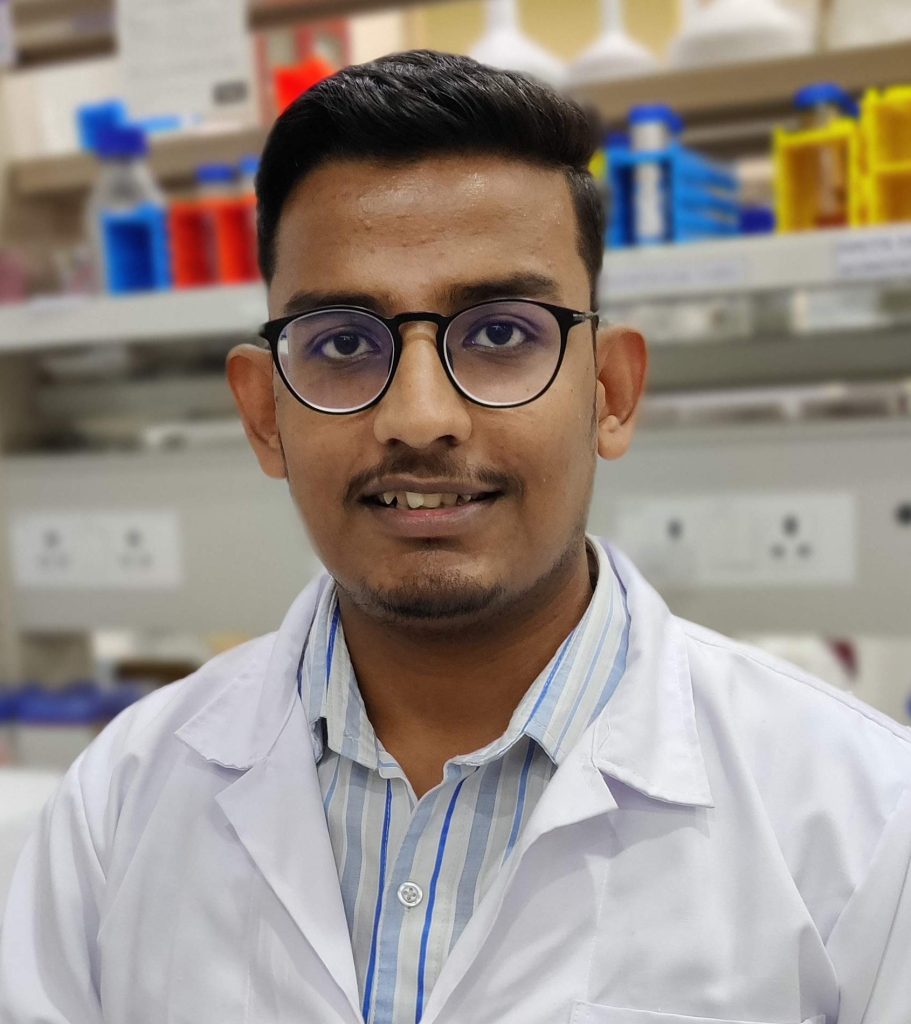
Abstract: Not available due to unpublished data
Poster: Not available due to unpublished data
Dinesh Jadhav is the recipient of an EMBO|EMBL Symposia fellowship, jointly funded by EMBO and the EMBL Advanced Training Centre Corporate Partnership Programme.
Regular fluctuations in central carbon metabolism accompany steady‑state growth in Escherichia coli
Presenter: Julian Pietsch, Max Planck Institute for Terrestrial Microbiology, Germany
Collaborators: Victor Sourjik, Max Planck Institute for Terrestrial Microbiology, Center for Synthetic Microbiology, Germany
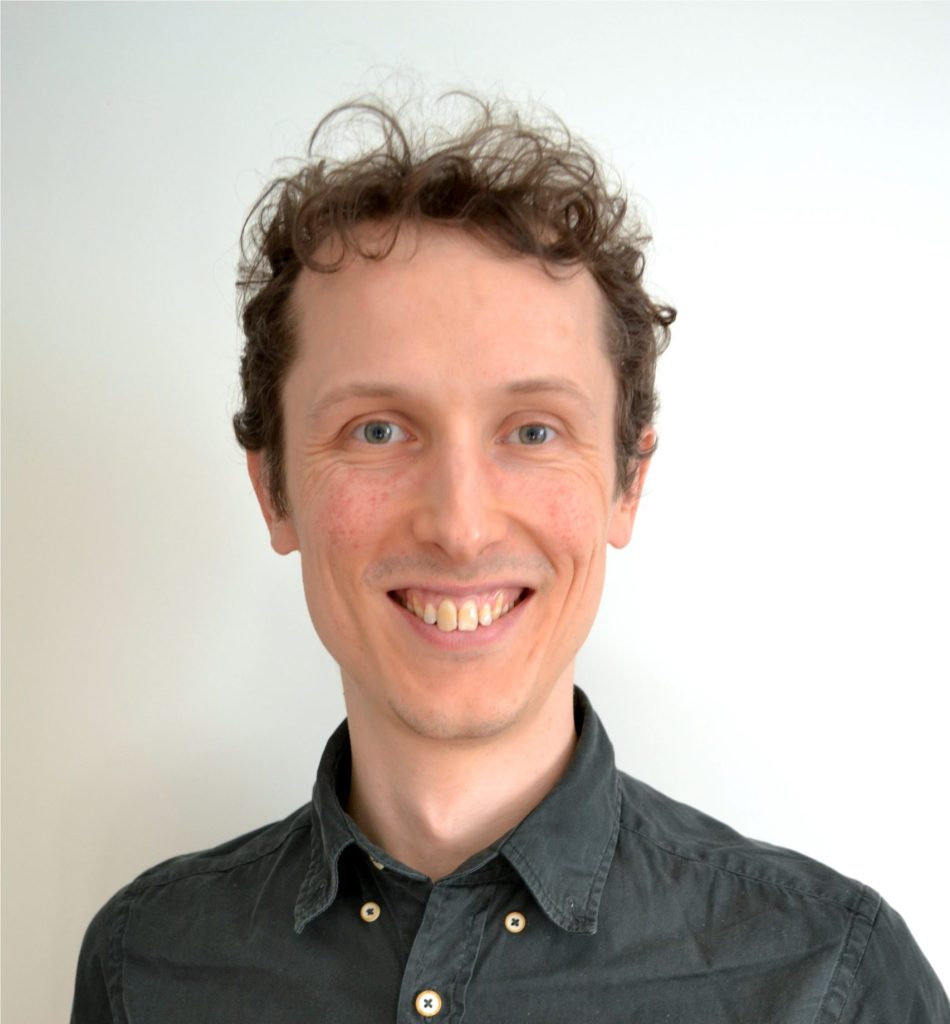
Abstract: Bacteria usually meet the energy demands for sustained rapid growth through the catabolic breakdown of carbon precursors. It is thus generally presumed that stable growth would favour a steady flux through central carbon metabolism.
Here, we report instead that regular fluctuations in pyruvate, the end‑product of glycolysis, occur during normal steady‑state growth of Escherichia coli. Using a Fluorescence Resonance Energy Transfer (FRET) reporter for intracellular levels of pyruvate in combination with mother machine microfluidics devices, we observe fluctuations with a time scale on the order of an hour for growth of single cells on glycolytic and gluconeogenic carbon sources. Surprisingly, the amplitude rather than the frequency of fluctuations is associated with nutrient quality, variability in cell cycle length and growth. High amplitude fluctuations are observed for growth on a gluconeogenic carbon source, but they are absent in cells showing very slow or no growth and only weak in a glycolytic carbon source.
Our results suggest that even in species optimised for fast, competitive growth, flux through central metabolism should not be considered to be held to a single fixed point, but rather as a system driven between alternative modes.
Collective organization of circadian rhythms in murine intestinal organoids
Presenter: Elena Tonin, EPFL, Switzerland
Collaborators: Felix Naef, EPFL, Switzerland
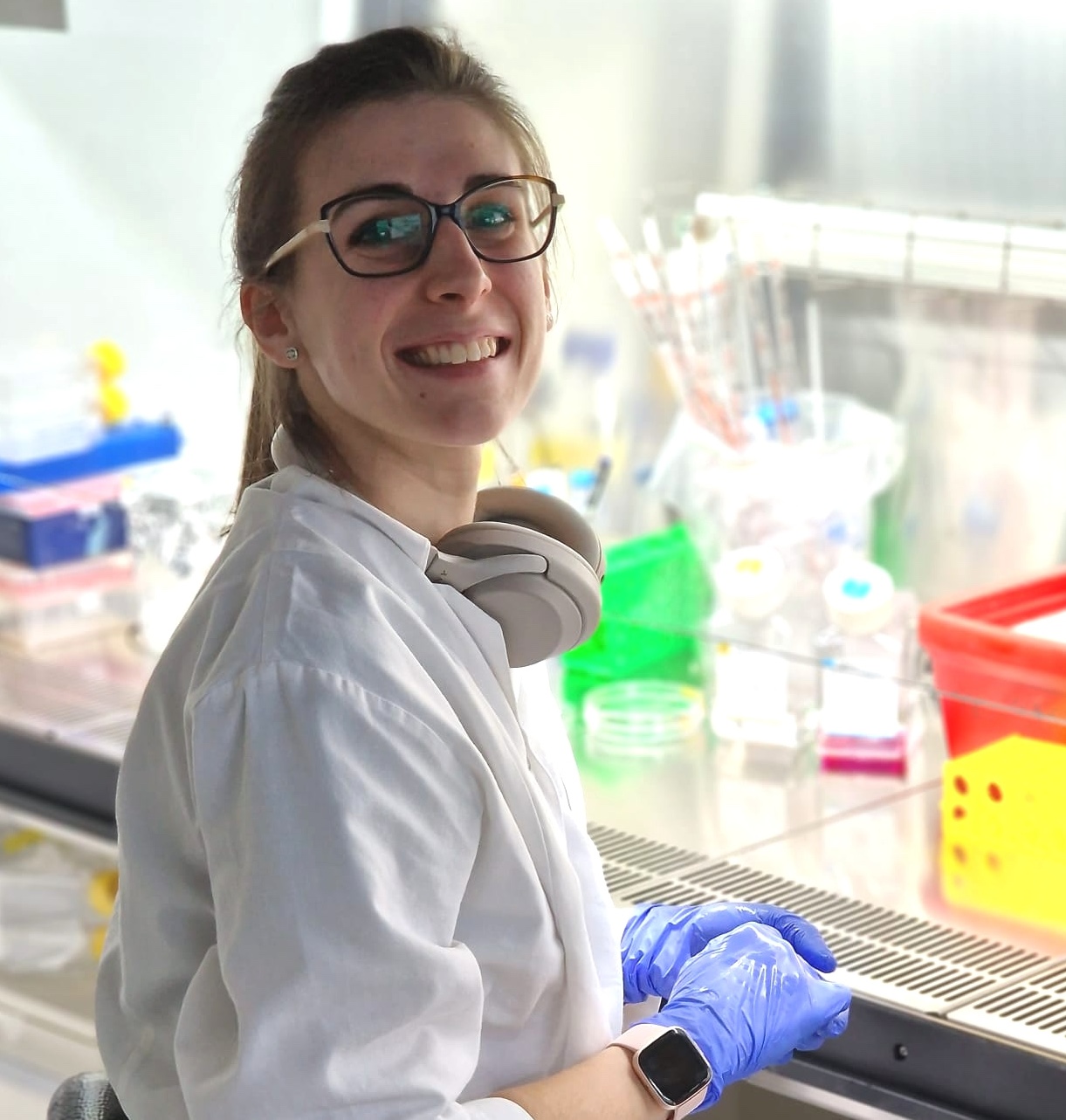
Abstract: The circadian clock orchestrates physiological and behavioral rhythms in living organisms. This adaptation of life on Earth allows mammals to compartmentalize biological processes at different times of the day. Disruption of these rhythms has deleterious consequences, for example on tissue regeneration and cancer progression. Despite the central role of the circadian mechanism, there is still a lack of understanding of how the molecular clock, cell differentiation and cell‑cycle integrate during homeostasis and disease.
To date, studies have been conducted on numerous animals or in homogeneous populations of cells, therefore failing to recapitulate what occurs in complex tissues and organs. Additionally, key results are still controversial: some studies suggest that the clock may “gate” the cell‑cycle to certain time windows, whereas others show that cell‑cycle progression influences the clock.
To shed light on the topic, we implement the fast‑proliferating multicellular system of mouse intestinal organoids to study the collective behaviour of circadian rhythms during proliferation and differentiation, with quantitative analysis. A small number of studies have reported circadian oscillations in intestinal organoids and have addressed the interaction with the cell‑cycle, however without considering the circadian properties of different cell‑types in the mammalian epithelium.
For this reason, with the help of microfabricated hydrogels, CRISPR‑editing as well as bioluminescent and fluorescent imaging, we want to disentangle clock dynamics at the single‑cell level during homeostasis and regeneration. We are able to obtain cell‑resolved circadian rhythms in the organoids. In particular, microarrays of epithelial tissue show overall robust synchronized circadian oscillations, but highlight variable clock amplitudes, possibly cell‑type‑specific. Surprisingly, contrary to previously published work, fast‑proliferative stem cells also possess circadian oscillations. This project contributes to providing the basis for in vitro multicellular circadian studies that will help to monitor the circadian clock in 3D systems as well as to understand homeostasis and the current difficulties in treatment of neoplasms and regeneration.
Poster not available due to unpublished data.
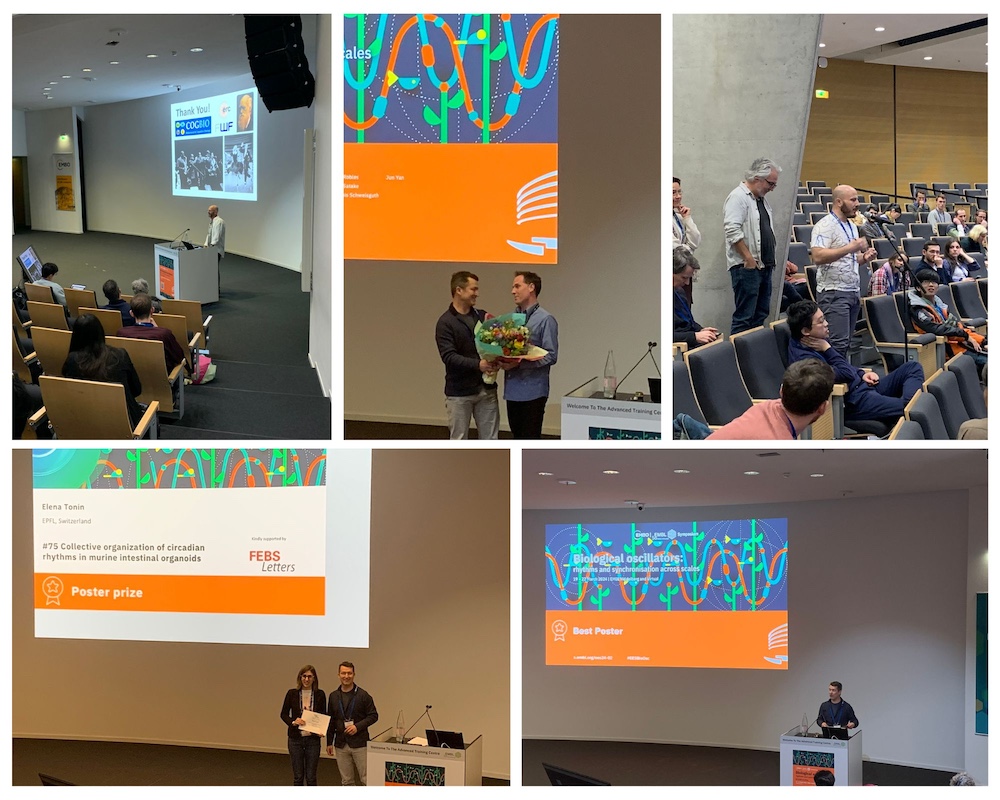
The EMBO | EMBL Symposium ‘Biological oscillators: rhythms and synchronisation across scales‘ took place from 19 – 22 March 2024 at EMBL Heidelberg and virtually.